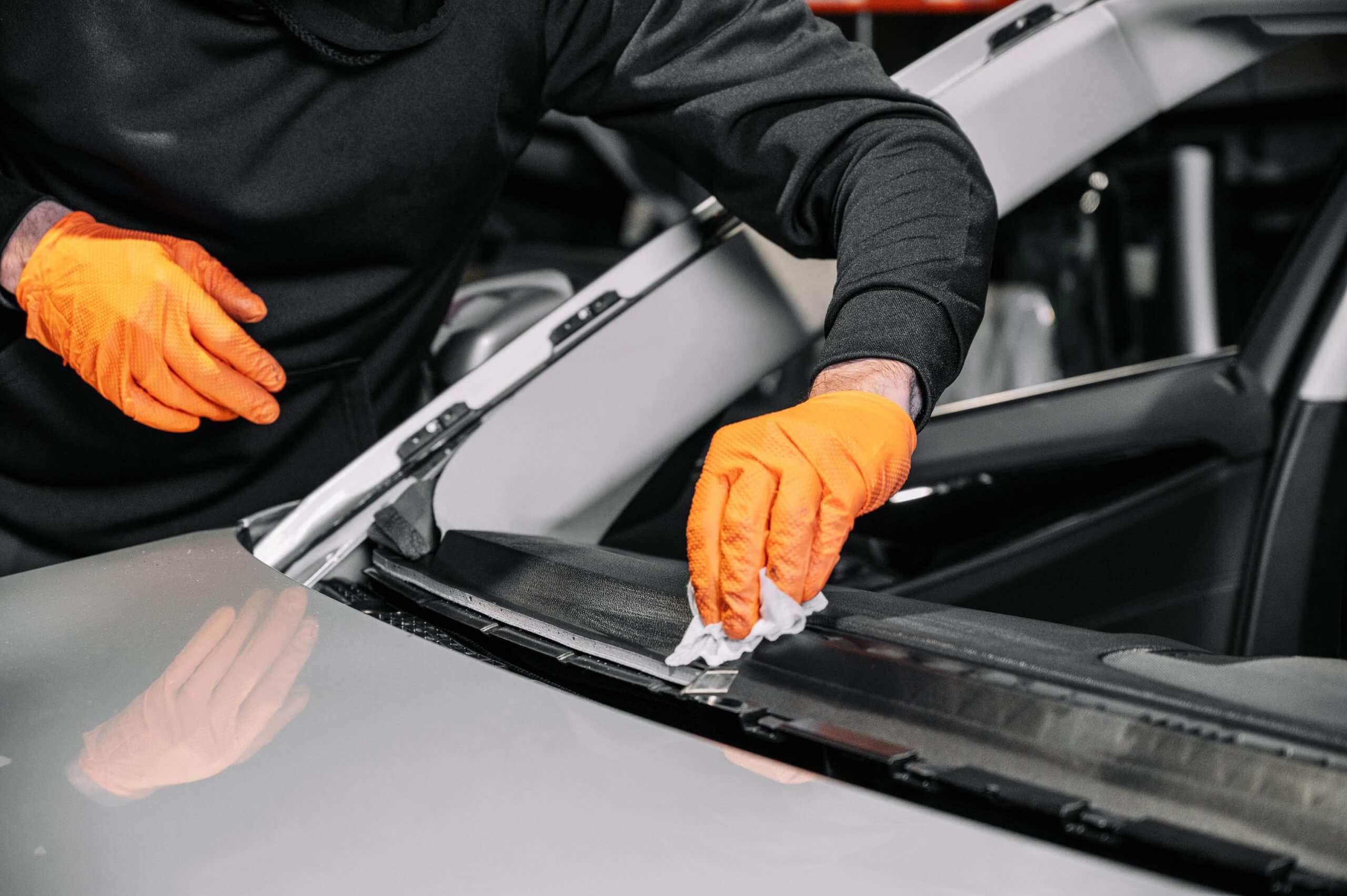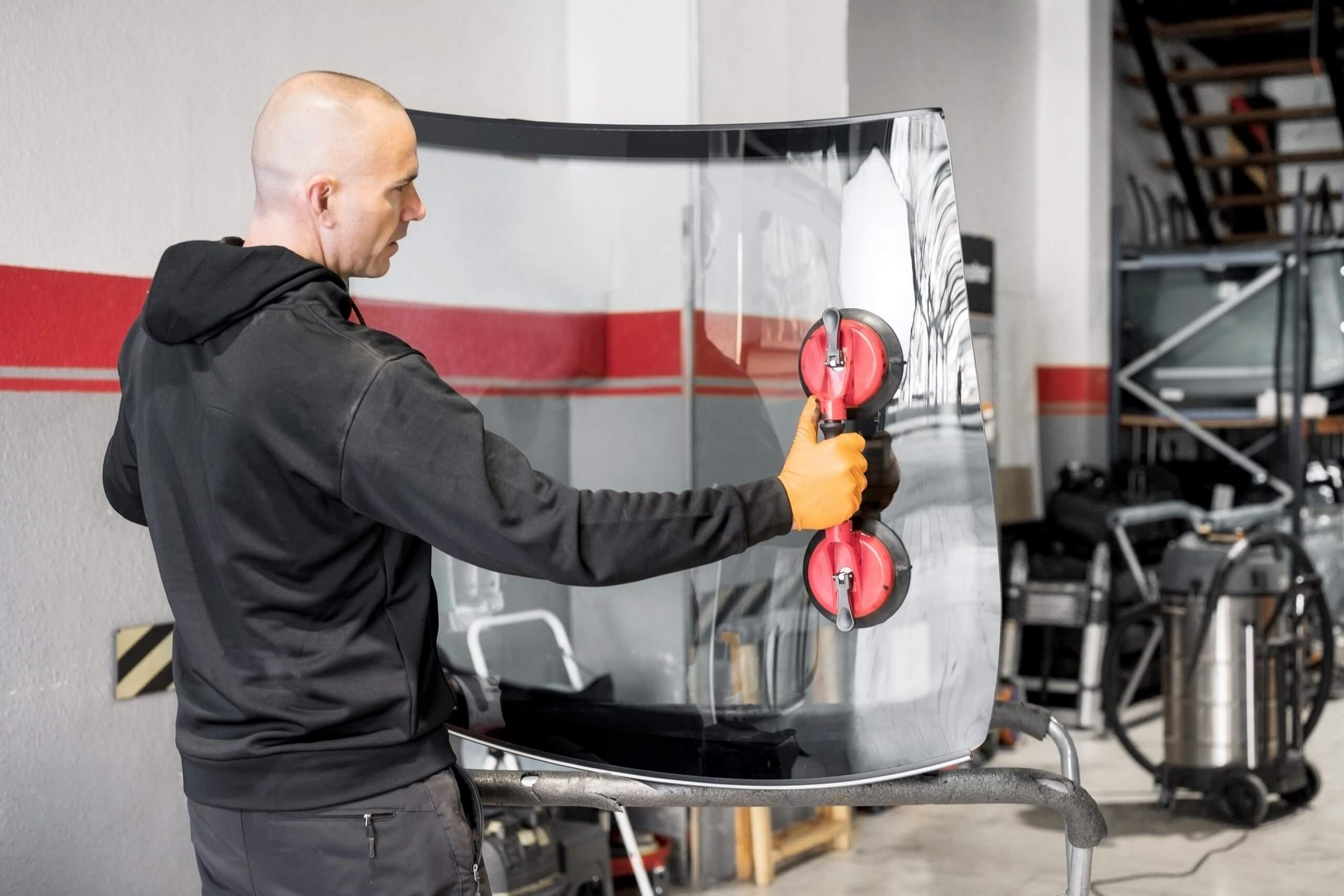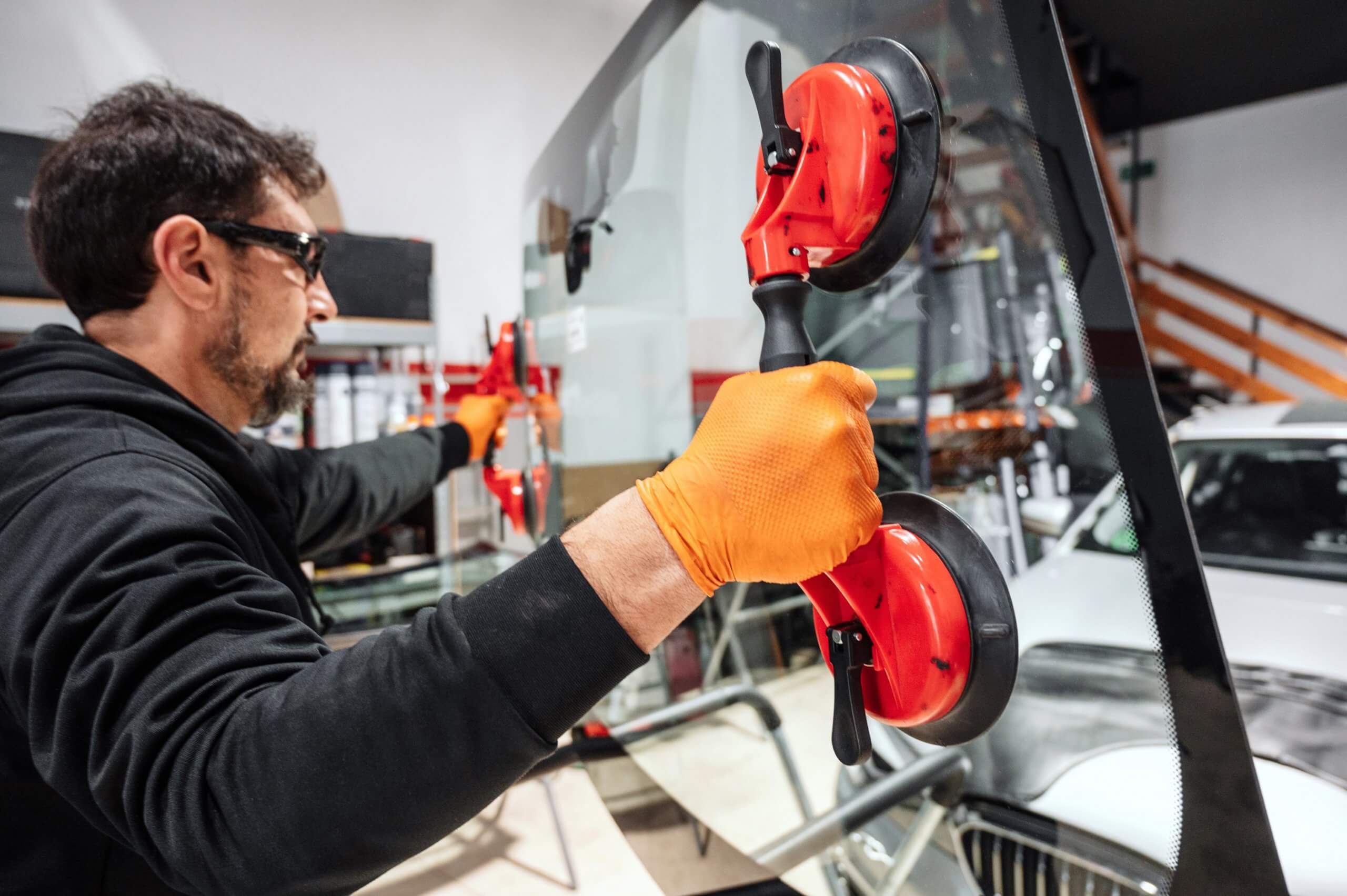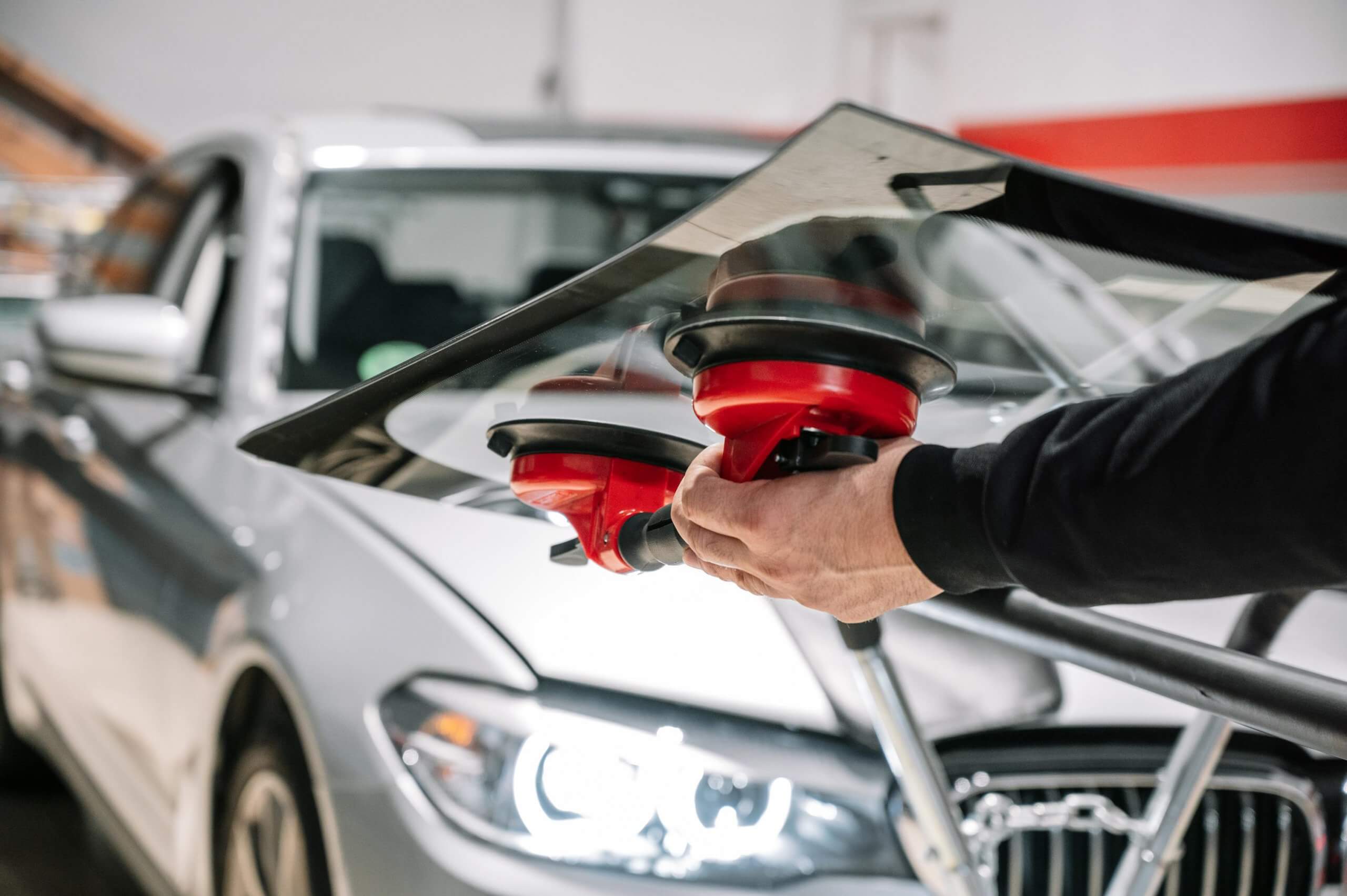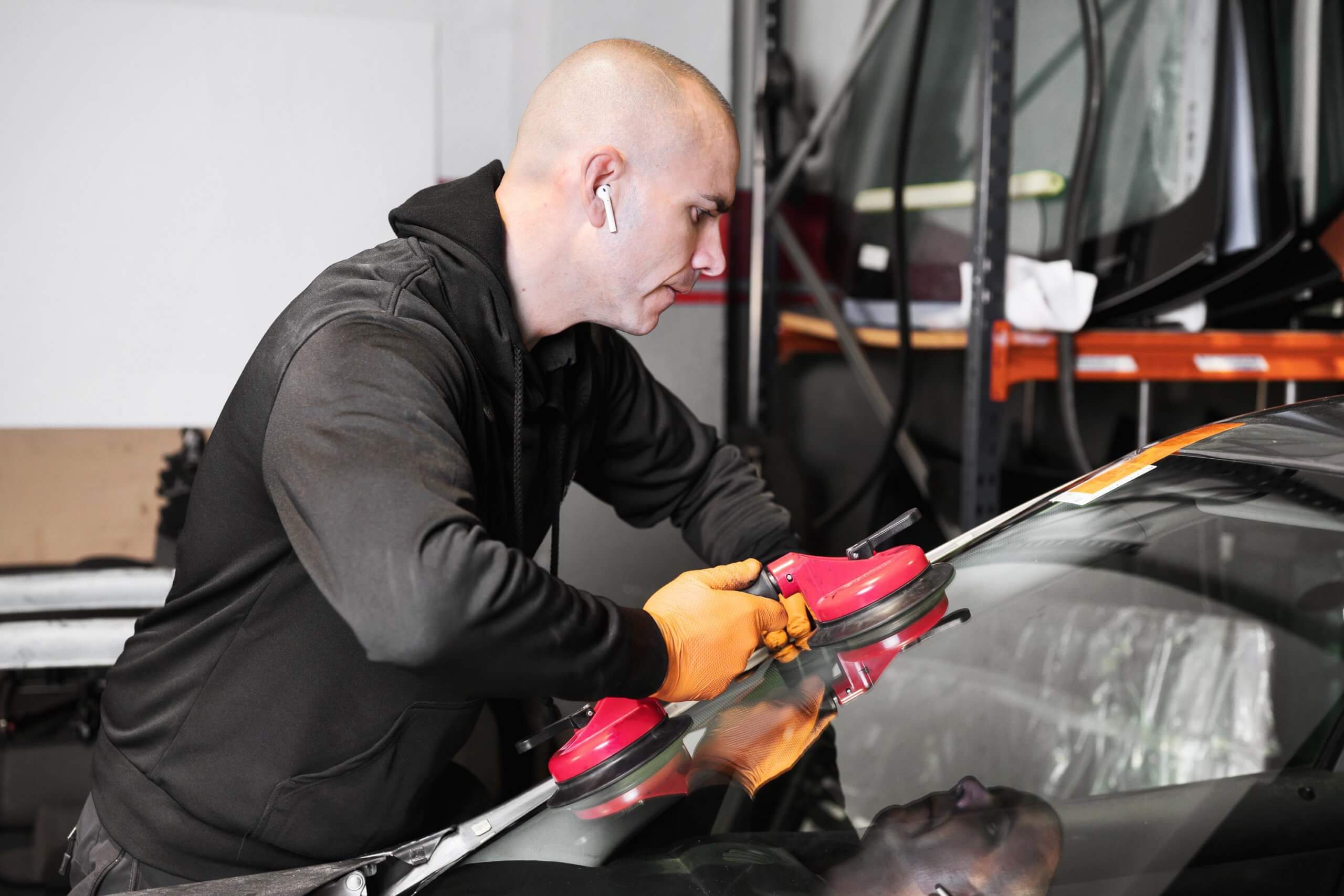How to Polish Windshield Glass?
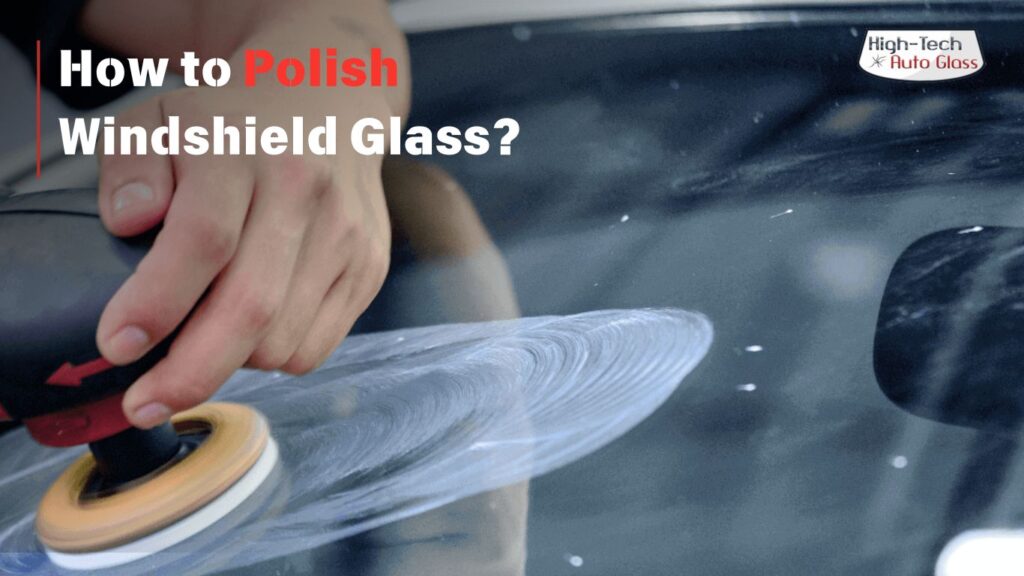
Ever noticed that no matter how much you clean your windshield, it still looks cloudy, scratched, or just not as clear as it used to be? You’re not alone. Over time, daily driving wears down the surface, from dust, wiper marks, road grime, and even hard water spots that settle deep into the glass, That’s where polishing comes in.
Unlike a basic wipe-down, polishing your windshield can restore clarity, improve visibility, and extend the life of your auto glass. But here’s the catch if not done right, it can do more harm than good. In this guide, we’ll break it all down step-by-step. You’ll learn what tools to use, how to polish without damaging your windshield, and when it’s better to call in a pro. Whether you’re trying to save money or simply want your car to look sharp again, this guide will help you make the right move, without the guesswork.
Let’s dive in and bring that glass back to life.
When Should You Polish Your Windshield?
1. Common Signs It’s Time to Polish
Look out for these visible signs on your windshield:
- Hazy or cloudy appearance that doesn’t go away after cleaning
- Light surface scratches from wiper blades or road dust
- Fine swirl marks that become more noticeable in direct sunlight
- Rough texture when you run your hand across the glass
These surface issues affect your visibility, especially when driving at night or against the sun.
2. When Not to Polish
Polishing isn’t always the fix. Avoid polishing if:
- There are deep cracks or rock chips
- The scratch catches your fingernail significantly
- Damage is in the driver’s line of sight and affects clarity
3. Quick Fingernail Test
To check if polishing will help:
- Lightly drag your fingernail across the scratch
- If your nail barely catches or glides, polishing may work
- If your nail gets stuck, the scratch is too deep polishing won’t help.
4. Before You Begin
Make sure the windshield:
- Is free of cracks and chips
- Has only surface-level imperfections
It is thoroughly cleaned to avoid trapping debris during polishing
Steps of How to Polish Windshield Glass Like a Pro
Written in a structured, easy-to-follow, and SEO-aligned format (great for AI Overviews and PAA inclusion), while maintaining a clear, conversational tone.
1. Clean the Windshield Thoroughly
- Why it matters: Any dirt, dust, or debris on the surface can cause more scratches during polishing.
- How to do it: Spray an alcohol-based glass cleaner and wipe it with a microfiber cloth. Make sure the glass is completely dry before moving forward.
Tip: Clean in a shaded area to avoid streaks or water spots.
2. Mask Off the Edges and Wipers
- Purpose: You don’t want polish seeping into your windshield trim, rubber seals, or paint.
- How to do it: Use painter’s tape or automotive masking tape to cover the edges of the windshield, surrounding body panels, and the wiper area.
3. Apply the Glass Polish
- Start small: Pour a small amount of glass polish onto your microfiber applicator or polishing pad.
- Spread it evenly: Don’t overdo it a little goes a long way. Cover about a 2×2 foot area at a time to maintain control.
4. Use the Dual-Action Polisher (or Hand Polish)
- For machine polishing: Set the DA polisher to a low or medium speed. Apply light to moderate pressure.
- For hand polishing: Use consistent circular motions with a soft pad.
- Work in sections: Always polish in overlapping passes within a 2×2 area to ensure uniform coverage.
5. Buff and Inspect
- Buff it out: Use a clean microfiber cloth to gently wipe away any residue.
- Check your work: Look at the glass from multiple angles. If the haze or minor marks persist, you can do another pass.
6. Rinse and Dry
- Rinse down the glass: Use clean, preferably distilled water to wash away any remaining product.
- Dry completely: Wipe with a fresh microfiber to avoid spotting.
Pro Tip: Never polish your windshield under direct sunlight. Heat causes the polish to dry too fast, which can lead to uneven results or even mild etching.
Repeat if Needed
- Some windshields may require 2-3 passes depending on the severity of surface issues.
- Don’t over-polish in one session. It’s better to build results gradually than risk surface stress.
Can You Remove Deeper Scratches with Polishing?
No, polishing won’t fix deep scratches on your windshield. It’s only effective for minor surface marks, like light wiper streaks or faint haze from wear and tear.
Why Not?
Glass is much harder than paint, but also less forgiving. While car paint can be corrected with compounds and polishing pads, deep glass scratches penetrate beyond the surface, and polishing doesn’t reach that depth.
If you run your fingernail across the scratch and it catches strongly, that’s a sign the damage is too deep for polishing alone.
How to Maintain Clarity After Polishing
Now that your windshield looks clear and refreshed, the key is keeping it that way. Polishing isn’t something you want to do often, so a little routine care goes a long way in protecting your results.
Here’s how to maintain that showroom-level clarity:
1. Park in Shade or Covered Spaces
- UV rays and weather exposure can dull the glass faster.
- Parking under cover helps prevent new water spots, dust buildup, and heat damage.
2. Clean Weekly with a ph-Neutral Glass Cleaner
- Skip the all-purpose cleaners many contain ammonia or harsh solvents.
- Use a glass-safe, ph-balanced cleaner with a soft microfiber cloth to avoid scratching.
Practical Tip: Always clean with straight-line motions instead of circular rubbing to minimize swirls.
3. Avoid Harsh Chemicals and Abrasive Wipers
- Chemicals with alcohol, bleach, or ammonia can strip away protective polish layers.
- Replace old or damaged wipers they’re one of the top causes of surface scratches.
4. Consider a Ceramic Glass Coating
- These coatings add a slick, hydrophobic layer that repels water and resists dirt.
- Bonus: It makes your windshield easier to clean and keeps it looking polished longer.
5. Reassess Every 6-12 Months
- If visibility drops or haze returns, a light polish might be needed again but only after proper inspection.
- For deeper issues, always consult a professional.
Maintaining your windshield isn’t complicated it’s just about doing the small things regularly. This not only protects your time and effort but also keeps your driving visibility crystal clear.

